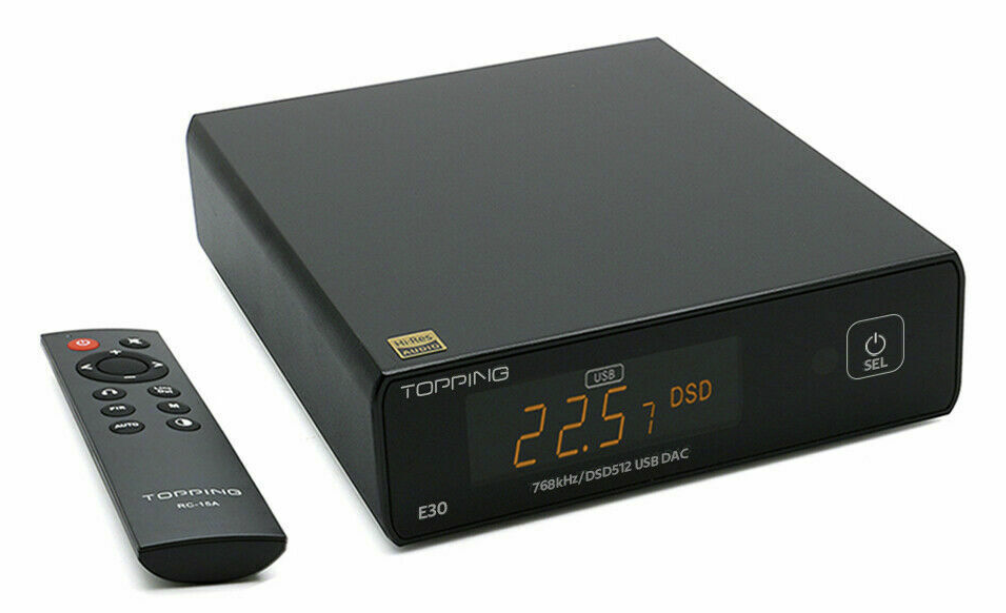

The LCD should mirror HDMI output – I didn’t want this to be the primary display, but a mirrored display.Regardless of what display I chose – I knew I needed to have the following requirements satisfied: This becomes important later as I struggle with getting that working on the Raspberry Pi. It’s where I learned that the ST7789 chip is used to drive two different LCD displays – 240×240 and 320×240. Image from Adafruit’s Product Page A Couple of Quests for the Chosen OneĪdafruit has a great page in terms of how to wire this up to an Arduino and Raspberry Pi located here. Even though you’d be able to make out what I was playing on the OLED display mirroring my HDMI output, with the 240×240 you can actually read a good amount of text, as well. Once I plugged in the 240×240 display and saw the Commodore 64 Ready screen, I was sold. To that end, I’d try both with the Raspberry Pi and compare. The other, and my ultimate winner – the Adafruit 1.3″ 240×240 Wide Angle TFT LCD Display with MicroSD – ST7789 at least got me closer with 240×240, though it was a touch larger. I was also concerned with resolution, as it supports 96×64, a far cry from the Commodore 64’s 320×200. At about 1/12 scale this would have worked out nicely, though it felt a little ‘wide screen’ compared to the monitors I knew of my youth. I'll spend the money on something else, maybe a second pi I can attach to my main PC so I can stream internet radio during work.The OLED Breakout Board – 16-bit Color 0.96″ w/microSD holder was a contender. So far I am happy I didn't buy a more expensive solution with an unneeded "clean USB port". Otherwise I might buy a 7" touchscreen for displaying information and to steer the pi, but that's something I plan to look at at a later time. This should work fine then, because most of the music already is stored on the pi and internet radio doesn't need a lot of bandwidth. Currently I use ethernet, but this won't work at the final place behind the amp, so I ordered a faster dongle with an external antenna. Replaced it with a also still cheap Oehlbach USB cable with some better mechanical properties (gold plated connectors which sit tight on the port and a more sturdy cable).


The original USB cable (noname) was absolutely fine. I don't want to see that thing burning down the house, so I ordered a high quality PSU (Leicke 5.1V/3A). The metal case came with a PSU of unknown origin. Had some troubles with a 2 TB SSD (pi didn't like it), will try to move the system at a later stage again. That's enough space for about 900-1000 albums, which is fine for me. 40GB reserved for the system partition, rest for FALC. The installation was moved from the SD crad to a SSD, currently with 512GB. Purchased a passive metal case (13 Euro, Amazon), now the pi is running at 40☌ which is fine. The pi4 (2GB) gets hot without cooling, but I hate noise.


 0 kommentar(er)
0 kommentar(er)
